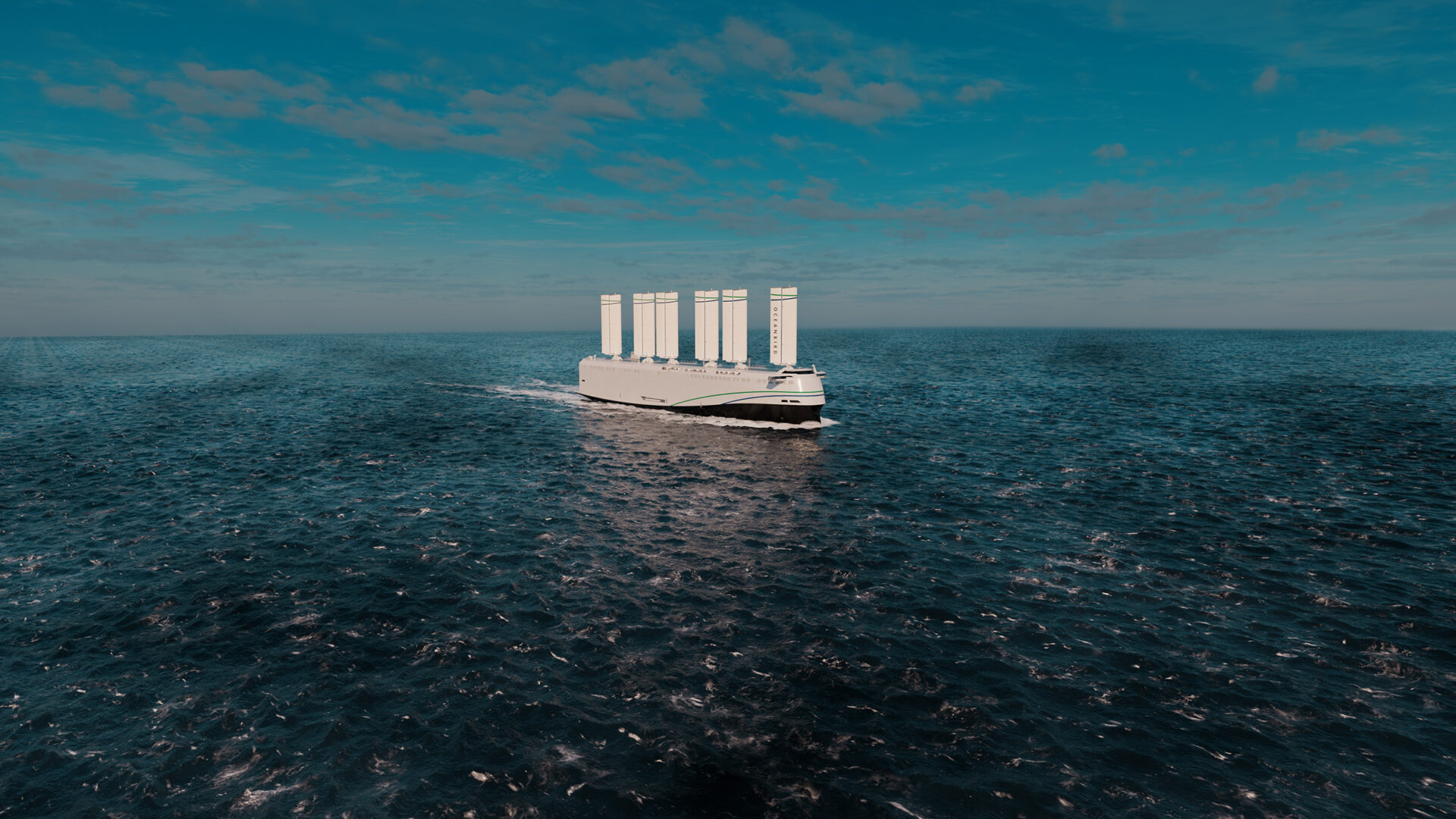What is Wind-Ready
The vessel is delivered without the wind propulsion system, with the option of installing the system at a later stage. According to American Bureau of Shipping, the term “Wind-Ready” means that the hull is built for supporting the wind propulsion system and the vessel is meeting stability requirement with a Wind Propulsion Unit.



